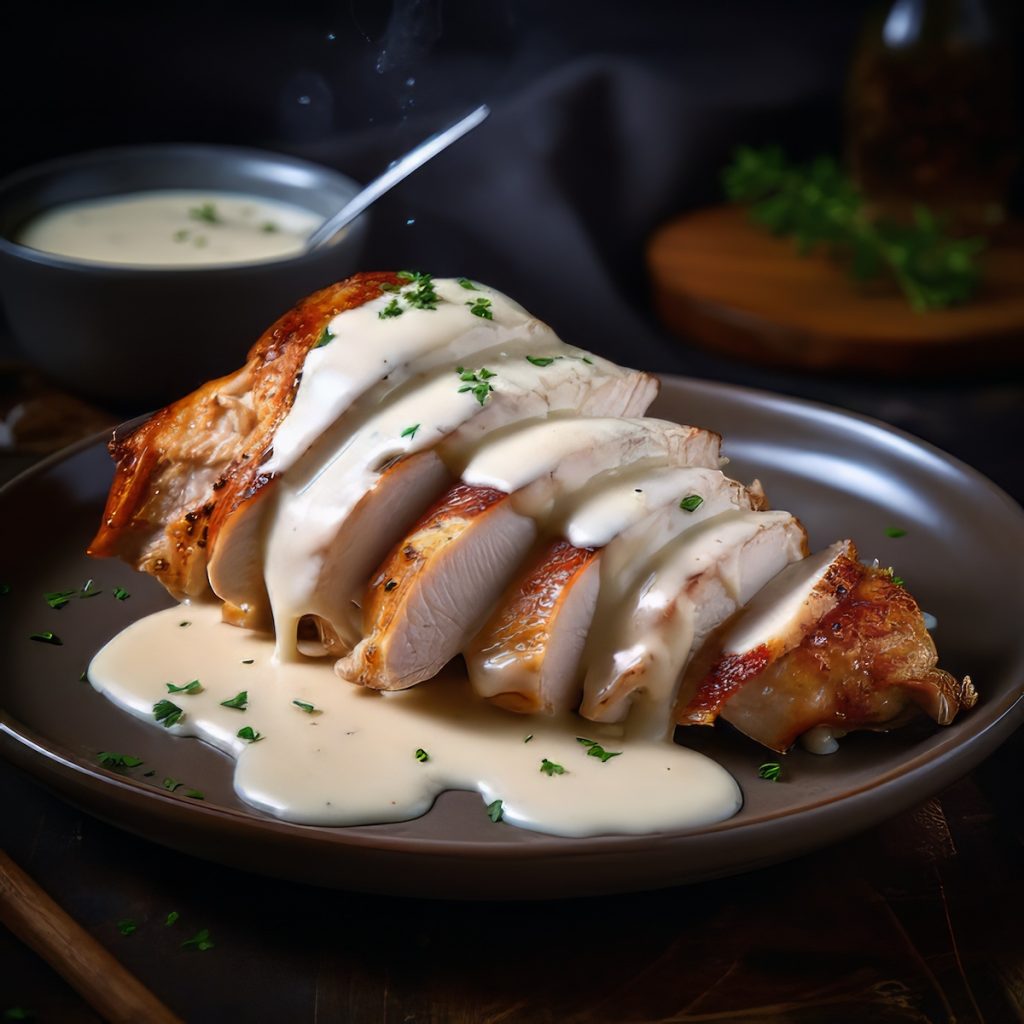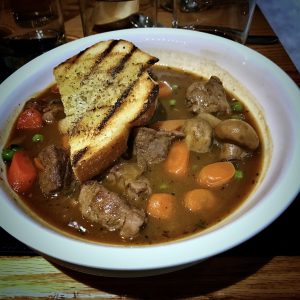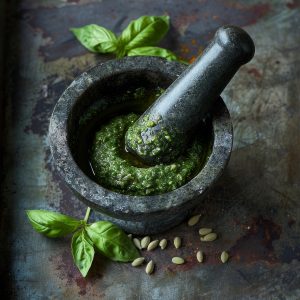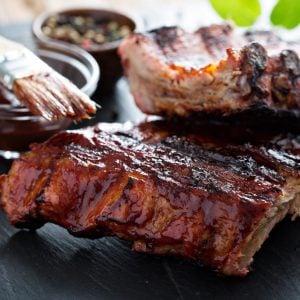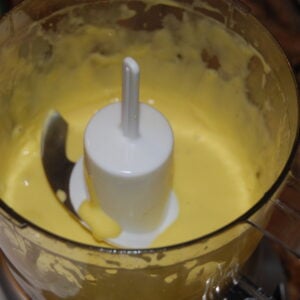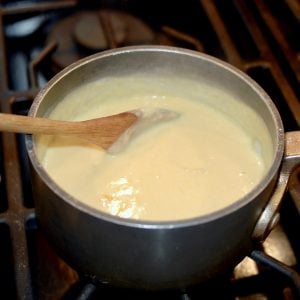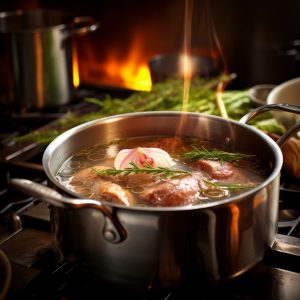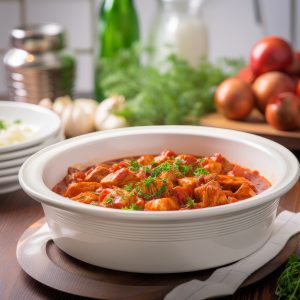How to Make a Classic Béchamel Sauce
I received this email from Danielle asking how to thicken her soups to duplicate a “can soup” texture. I think she wanted to know about making a bechamel sauce. Here is what she said:
I have recently been into making homemade soups, the cooler weather, I’m sure, being a factor. I’ve been experimenting with trying to thicken my soup. I get it creamy using a thickening agent like cornstarch, but I enjoy a thick and heavy cream of mushroom or spinach soup. Is there some way I can achieve that “can” soup texture without the can? Thanks for your help. Danielle
I sent this question to Chef Ricco as part of my Ask A Chef feature, and here’s what he told me:
She wants to know if she can get the same texture as in a can of cream of mushroom soup. This is easy. A basic béchamel sauce will work.
But if she doesn’t want all that dairy, she can puree boiled potatoes and add it to the soup. Believe it or not, cooked cauliflower can also be pureed and used.
Béchamel Story
It is one of the grand or mother sauces of French cuisine. Unctuous, it tastes even richer than its ingredients would suggest. As a result, the finished product will be more reminiscent of cream than milk.
It is a little time-consuming but so worth the effort. Pronounced (bay-shah-mel), this classic is one of France’s five “Mother Sauces,” but no one knows when it was first created or by whom.
Most likely, it was first prepared by someone who worked for King Louis XIV (1643-1715) of France.
Some say it was either the Marquis Louis de Bechamel, the king’s chief steward, or Francois Pierre de la Varenne, the king’s chef, who dedicated the sauce to Louis de Bechamel. Either way, we know it starts with a roux made from butter and flour with boiled milk added to it.
What to Serve Bechamel Sauce With
It can be served with white meats like chicken, veal, vegetables, and egg dishes. It is also the base for several other sauces, including Mornay sauce, which is Béchamel with added cheese.
Some other good ideas for using Bechamel sauce include any cream of soup recipe, eggs Florentine, turkey Tetrazzini, or Chicken Cordon Bleu. Casseroles, pot pies, open-faced sandwiches, or scalloped potatoes?
Chicken fried steak, chicken ala king, chicken & dumplings. Creamed pearl onions, creamed peas, and creamed spinach. Creamed anything!
Alternatives
There are multiple issues to consider with bechamel:
- Onions and cloves are optional. Some chefs prefer a straightforward roux, milk, salt, pepper, and nutmeg sauce.
- Vegetable oil is sometimes substituted for butter to produce an ever-whiter-colored sauce. Butter, of course, offers more flavor.
- The thickness of béchamel can be altered by adjusting the amount of roux. This recipe will produce a béchamel of medium viscosity. For a light béchamel, use less roux per quart of milk; for a heavier sauce, use more.
- Many chefs scald the milk and add it to a cold or room temperature roux instead of adding cold milk to the hot roux. What’s most vital is that the roux and milk be at different temperatures.
- Using your highest quality, heaviest-bottomed pan and watching the heat is crucial. Béchamel can burn quickly, and thin pans are notorious for scorching food.
Béchamel Sauce
Ingredients
- 2 tablespoons butter sweet, unsalted
- 3 tablespoons all-purpose flour
- 1 cup milk
- salt & pepper to taste
- nutmeg freshly grated or ground, to taste
Optional Ingredients
- 1 bay leaf
- 4 drops Tabasco sauce
- whole peppercorns
- shallots chopped
- 1 stalk celery
Instructions
- Melt the butter in a medium-sized saucepan over medium heat. Add the flour, stir until smooth, and cook for five minutes, but be careful not to let the flour brown. You want the flour to end up a light, golden color.
- Meanwhile, in a separate pan, add the milk and bring it to a boil. When the milk comes to a boil, remove it from the heat, pour it into the butter-flour mixture, and start whisking.This mixture will soon come to a boil and start bubbling. That's okay; keep whisking so the sauce doesn't burn and stays smooth.The bubbling will stop, but the sauce will continue to boil.
- Keep cooking and whisking the sauce for 8 to 10 minutes until it thickens to the desired consistency. You may want to turn down the heat if it feels like it is cooking too fast.
- Remove the saucepan from the heat and season with the salt, pepper, and nutmeg to taste. You should end up with a creamy, smooth sauce. It is now ready for your soup.
- Be sure to give it a good whisk before using.
Notes
Some of My Favorite Sauce Recipes

